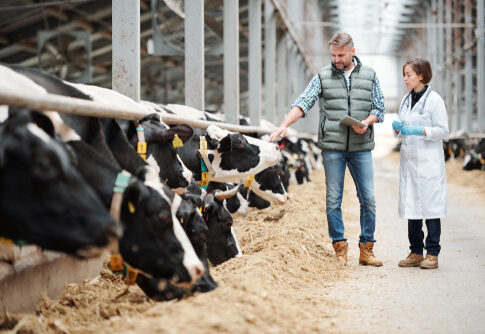Minnesota has taken decisive action to support its farming community by declaring a state of emergency amid devastating outbreaks of Avian flu strains. This move opens up crucial financial assistance for farmers grappling with the economic fallout of multiple diseases ravaging poultry populations. How will the disaster recovery loan program benefit affected farmers?
Minnesota’s Emergency Response to Avian Flu Crisis
Minnesota has officially declared a state of emergency in response to multiple avian flu outbreaks crippling the state’s poultry farms. The declaration comes as a strategic move to activate the Disaster Recovery Loan Program, offering crucial financial support to farmers battling the economic impact of these diseases.
The Minnesota Department of Agriculture’s Rural Finance Authority Board established the emergency following outbreaks of avian metapneumovirus (aMPV), highly pathogenic avian influenza (HPAI), and the H5N1 flu virus. This formal step allows farmers to access zero-interest disaster recovery loans, covering expenses not typically insured, such as flock replacement and facility improvements.
USDA Has Spent $1.25 Billion on Mass Culling for H5N1 Bird Flu—With Disastrous Consequences
The failed biosecurity strategy has driven egg prices to a 45-year high while wasting billions in taxpayer funds on indemnity payments. Herbruck's Poultry Ranch, Jennie-O, Center Fresh,… pic.twitter.com/4u2ICKw5X8
— Peter A. McCullough, MD, MPH® (@P_McCulloughMD) February 18, 2025
Devastating Impact on Minnesota’s Poultry Industry
The severity of the situation is underscored by the staggering numbers reported since the outbreaks began. Since April 2024, Minnesota has recorded 871 positive tests for avian metapneumovirus, a figure likely underestimating the true extent of the spread.
Highly pathogenic avian influenza has been equally destructive, with 185 confirmed cases in Minnesota since March 2022, affecting a staggering 9.1 million domestic birds. The H5N1 virus, commonly known as bird flu, has further complicated matters by affecting not only poultry but also dairy cows and even spreading to humans in isolated cases.
🐓 Chicken Thieves: Bird Flu Edition —
Since mid-2022, the USDA has paid out more than $700 Million to compensate for birds and eggs the USDA mandates “must be destroyed” if and when a poultry flock becomes infected with the Avian Flu.
Big Ag Poultry Giant Tyson has been one… pic.twitter.com/1PEs4Lwd0k
— Dustin Kittle (@dustinkittle) February 3, 2025
Broader Implications and Federal Response
The situation in Minnesota reflects a wider concern about influenza outbreaks across the United States. Sam Scarpino from Northeastern University has described the U.S. bird flu outbreak as “serious,” noting the presence of at least two distinct H5N1 strains affecting livestock and humans.
In response to the growing threat, the federal government is facing increased pressure to control the H5N1 outbreak due to its significant agricultural costs and potential risks to human health. The recent appointment of Dr. Gerald Parker to the White House Office of Pandemic Preparedness and Response Policy is seen as a positive step towards addressing the complex challenges posed by these avian flu outbreaks.


